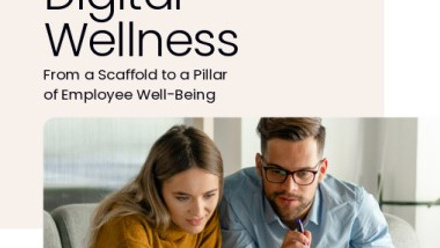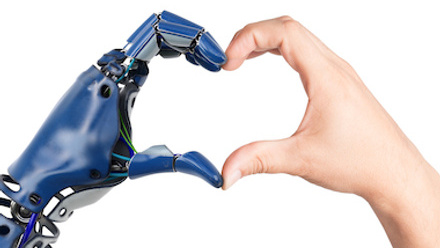The role of technology in meeting the health needs of a changing workforce demographic

Over the next decade there will be 3.7 million more workers aged between 50 and state pension age, according to the Office for National Statistics. And the number of employees working past state pension age is projected to rise. This trend is set to continue - according to Willis Towers Watson's 2017 Health and Benefits Barometer, just 41% of 18-24-year-olds expect to retire at or before the state pension age.
So an aging workforce. But what about the health of this group?
WTW's barometer study also revealed that almost half (48%) of respondents are concerned ill health will prevent them from working beyond the state pension age, rising to 51% among those earning less than the average wage.
A need to cater for all
Companies are therefore faced with the task of providing wellness programmes that cater for a multi-generational workforce, with different needs, motivations and communication preferences.
Employers must start looking at preventative wellness benefits and focus on maintaining a healthy and productive workforce as a whole - taking a proactive, rather than a reactive, approach to wellbeing. Enhancing the overall employee experience will help to increase engagement and participation. And achieving good results not only means becoming an employer of choice but good results are also correlated with better business results.
In order to establish this cross-generational health and wellbeing culture, companies can take a lead from the revolutionary concept of human-centric health.
Human-centric health leverages the principles of behavioural economics to drive prevention and better treatment of non-communicable diseases (NCDs), such as cardiovascular disease, mental illness, cancer, respiratory disease, and obesity and diabetes.
The onus is on the individual to take positive action and control of their own wellbeing, rather than being passive recipients of care defined and delivered by healthcare providers. However, companies can help their employees embrace healthier choices by raising awareness and motivating behavioural change.
The role of technology
Technology plays an integral part in the human-centric health ecosystem, in that it helps to drive prevention. It gives individuals control over their own diagnostic care, making it easier for them to act - in effect making good health choices the default decision.
And how wellbeing data is gathered, stored, configured and communicated using technology can help frame, highlight and promote health issues.
For example, the data from everyday devices can help shape the user's behaviour and motivate them to live healthier lives, as well as provide valuable insights for employers and providers.
And use of mobile apps to track behavioural health parameters and offering participants early access to services can prevent health deterioration.
Indeed, industry chiefs are mooting technology as the catalyst for the transformation of individual care. This view is supported by an Economist Intelligence Unit study in 2015 which found that 50% of doctors believe mobile technology will allow patients to participate more proactively in their own care over the next five years.
So how do companies effectively incorporate the use of technology into their health and wellbeing strategies to improve employee engagement in order to combat unhealthy behaviour and lower the risk of disease in the future?
The good news is that employees are eager to embrace new technology to help manage their health and wellbeing, according to our Staying@Work Survey 2015/16.
Forward-thinking employers have an opportunity to capitalise on this trend by adopting, offering, and using the latest digital-health tools, such as wearables.
To reinforce the benefits offered to employees by wearable technology, companies may look to subsidise devices as part of health and wellbeing programmes. Where wearable data highlights negative trends, companies should take action to provide support and address contributory factors.
Digital resources, such as online coaching, give employees easy access to guidance and training at their convenience - and in private - increasing the chances of them using the support and seeing tangible results.
Virtual access for employees to GPs is becoming an increasingly common offering as a stand-alone service but also available from medical insurers and cash plan providers. These can help overcome some of the hurdles associated with the traditional, face-to-face, family doctor appointments, including drawn out waiting times and leave from work.
By harnessing consumer-grade marketing techniques, such as 'gamification', companies can encourage employees to compete against their peers to reach agreed health goals and make positive behavioural changes in the process.
And using social influence techniques can also change behaviour - individuals are profoundly influenced by the people they are surrounded by, cultivating an environment where healthy living is the norm will encourage individuals to adopt the same behaviours.
Of course, forethought can only take companies so far and there will be additional challenges when it comes to providing a robust and effective health and wellbeing strategy for the changing workplace demographic. But whatever shape health and wellbeing will take in the future, it is clear is that technology will play a pivotal role in its development.
Rebekah Haymes is health and benefits senior consultant at Willis Towers Watson.
This article was provided by Willis Towers Watson.
In partnership with WTW
WTW is a leading global advisory, broking and solutions company.







